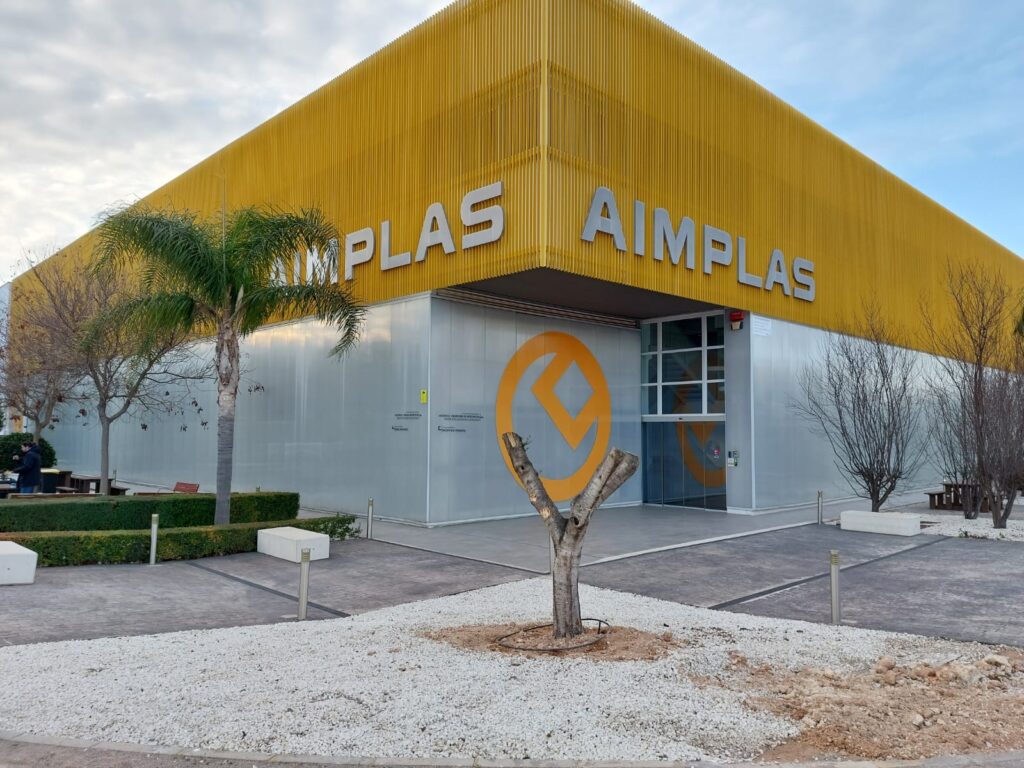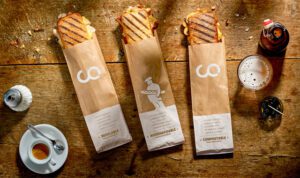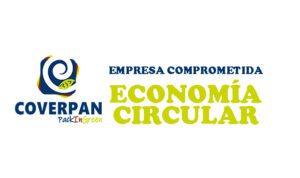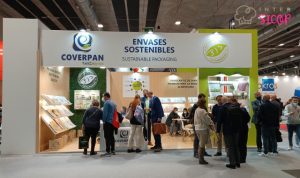VII Edition of the Biopolymers and Composites Seminar
On March 1 and 2, 2023, the eighth International Seminar on Biopolymers and Composites was held in Valencia, organized by AIMPLAS, the Technological Institute of Plastics. And Coverpan, as a company committed to innovation and sustainability, could not miss this important event.
The company’s objective at this congress was to learn first-hand about the latest trends in the packaging industry and to remain at the forefront in order to offer its customers the best biodegradable and compostable solutions.
Near twenty speakers participated in the seminar and discussed the challenges and opportunities facing the bioplastics sector, a key industry in achieving the climate goals of the European Agenda 2030. The latest data from the sector and the policy of the European Union and member states on how these products can contribute to the Circular Economy were also analyzed, as well as the outlook for the coming years.
R&D the key to the success of biopolymers
At the congress, different companies presented themselves as manufacturers of bioplastic raw materials with new components designed for uncovered applications, which will soon be entering the market. The raw materials are rapidly adapting to the requirements of the industry in terms of food safety and performance, in order to be able to meet the needs that conventional plastics meet, such as barrier, antifogging or antimicrobial properties. All these new developments will be able to meet compostability certifications for land, air and marine environments.
Bioplastic packaging is already replacing conventional plastics in many fields and is helping to conserve the environment. An industry that is offering increasingly versatile solutions both for flexible materials and in the injection and blow molding of films with different barriers, for coffee capsules, thermoforming or vacuum packaging.
The main compostable materials used are PLA, CELLULOSE or PHA, bio-based source materials made from sugar cane, corn or potato starch, regenerated cellulose, or even materials obtained from organic waste such as husks and agricultural waste.
Ensuring that bioplastics provide value, maintain their functionality and add benefits related to the end-of-life of these products by improving their sustainability and reducing their impact on the environment are some of the keys to the growth of biodegradable and compostable packaging.

A growing industry
Currently, the world production of bioplastics is 2.2 million tons, but as European Bioplastics has stated, the forecast is to triple this figure and reach 6.3 million tons by 2027. The applications that are expected to grow the most are those related to agriculture, which will go from representing a percentage of 4% to 5% of total production.
Standards and certification of compostable packaging
One of the main topics was the regulation and certification of bioplastic materials, as well as the different end uses of the different materials. In this block, the importance of correctly communicating the advantages of bioplastics through packaging to ensure their correct use and guarantee correct end-of-life management was emphasized. This round table also shared real cases on the positive results of compostable plastics in industrial plants in which it has been proven their complete biodegradation and the obtaining of quality natural fertilizer.
Both TUV AUSTRIA and DIN CERTCO explained the different possibilities of certification of compostability and biodegradability, bio-based content or recycled content and the standards that apply to each of them.
Our compostable packaging
In order to reinforce the final consumer’s confidence in all these materials, Coverpan took advantage of our presence at this international congress to initiate the certification process for compostable multilayer barrier complexes. These complexes come in response to a demand that requires packaging that can preserve food with a long shelf life and adding a role in improving the image of the packaging.
If you want to know more about our PackInGreen packaging, please contact us.





